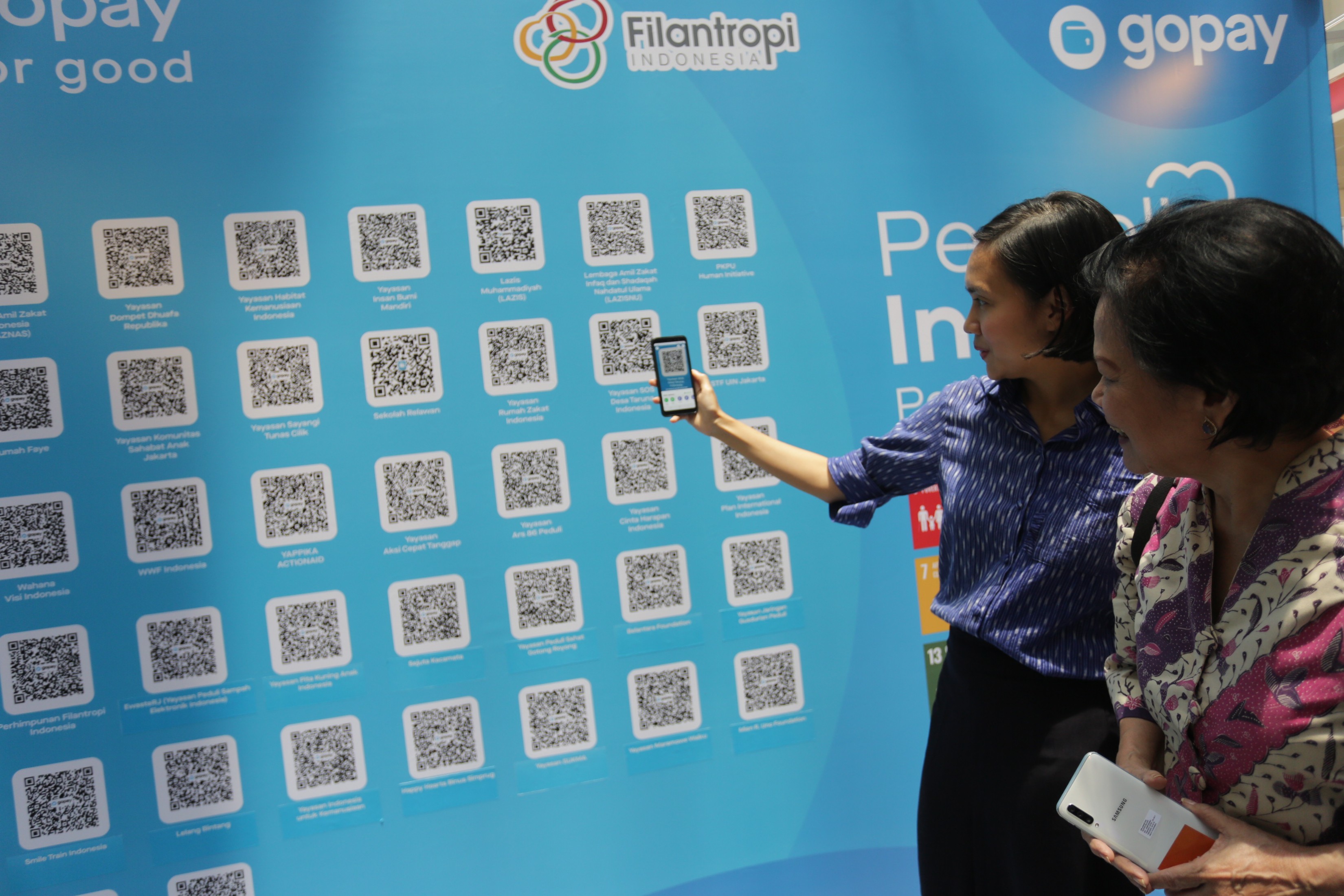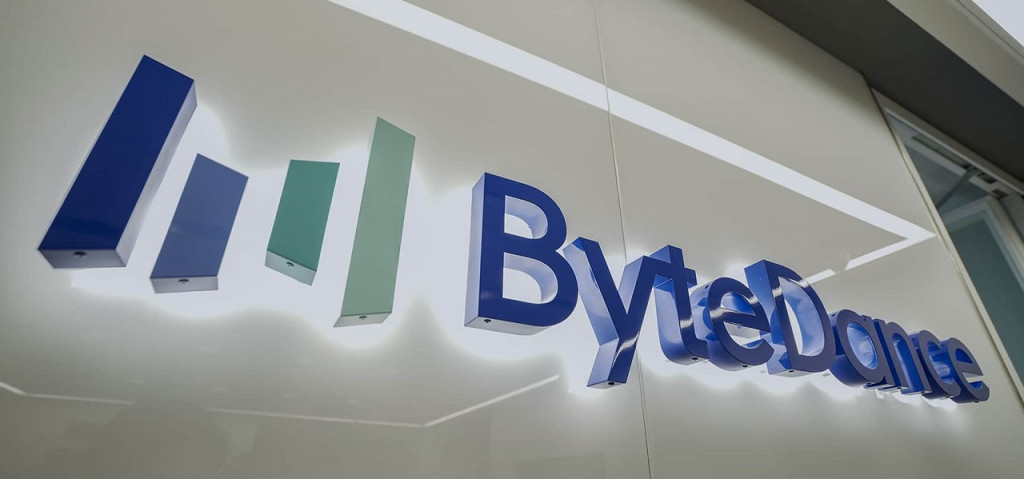GoFood and GoPay are known as Gojek’s two main businesses with the most significant growth of all services. Last year, GoFood is said to gain $2 billion revenue, 50 million transactions per month and grow by 2.5 times. While GoPay contributes for $6.3 billion, not to mention the growth rate.
In one of the sessions by PE-VC Summit 2020 last week (1/15), inviting Gojek’s Chief Food Officer, Catherine Hindra and Gopay’s CEO Aldi Haryopratomo to dig more insights on how the two services play role in Gojek’s business.
Aldi said, 2019 is a good year for business growth, also the beginning of efficiency strategy. How to make the most of every penny from investor’s pocket, engineer’s time management has finally paid off. “This is one of the benefits of being a low capitalized player in this industry,” he said.
The urge of efficiency actually comes from the investors and most are private equity, among those are Northstar and Warburg Pincus. Both are encouraging founders to run Gojek’s business as prudent.
Catherine also said, all the initiatives from investors have directed Gojek to the right business model into profitability. By the time, the benchmark of Gofood’s achievement grows in terms of the transaction number, into gross transaction value (GTV), and now revenue.
We’re now on the right track, the progress is in line with our plan. That’s [the information] it,” he said.
Gofood’s significant growth is actually not in comparison to a similar industry in China. Food delivery in China has reached 13%-15% of the total consumption, while Indonesia is still a long way to go. Therefore, some of China’s innovations often become a role model.
He also highlighted the achievement of Gofood and Gopay is not simply due to its features, but also each other’s bound in one ecosystem.
“we’re not working individual, but as a company that gives the holistic solution. This is what makes us different from others.”
In fact, the company’s DNA has given the whole solution to consumers. Therefore, not only about digital payment and food delivery but the whole daily aspect.
To compare with Grab, Gojek’s funding has a big gap. Since it was founded in 2010, Gojek has secured $3 billion funding in 12 rounds. While Grab reached $9 billion in 12 rounds. Therefore, Gojek has enough cash for a tech company in ASEAN.
In order to build the regional existential, Grab performs expansion in an organic and inorganic way. In a way to make Uber an acquisition in the ASEAN market. While Gojek is just begun the expansion in late 2018.
–
Original article is in Indonesian, translated by Kristin Siagian













